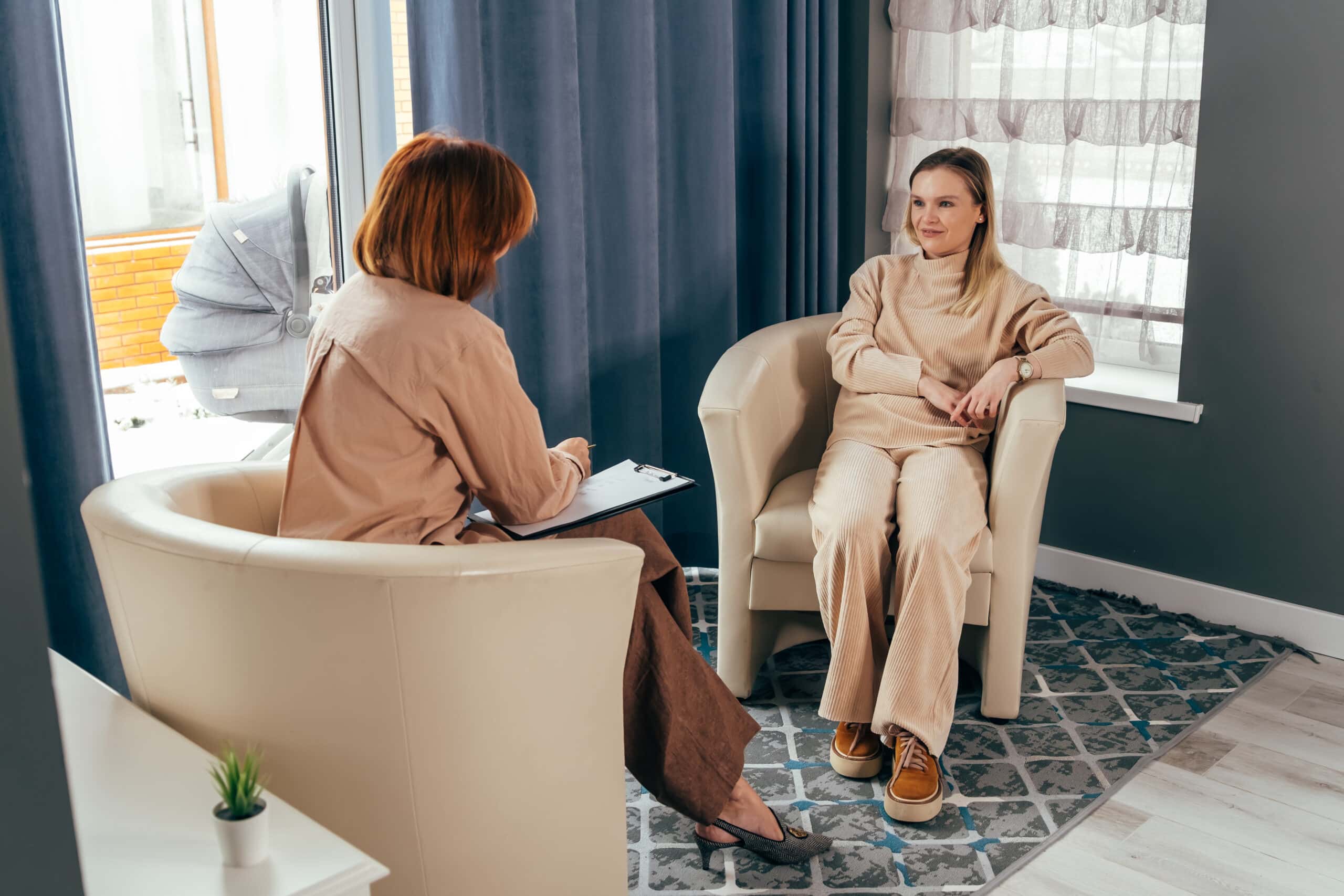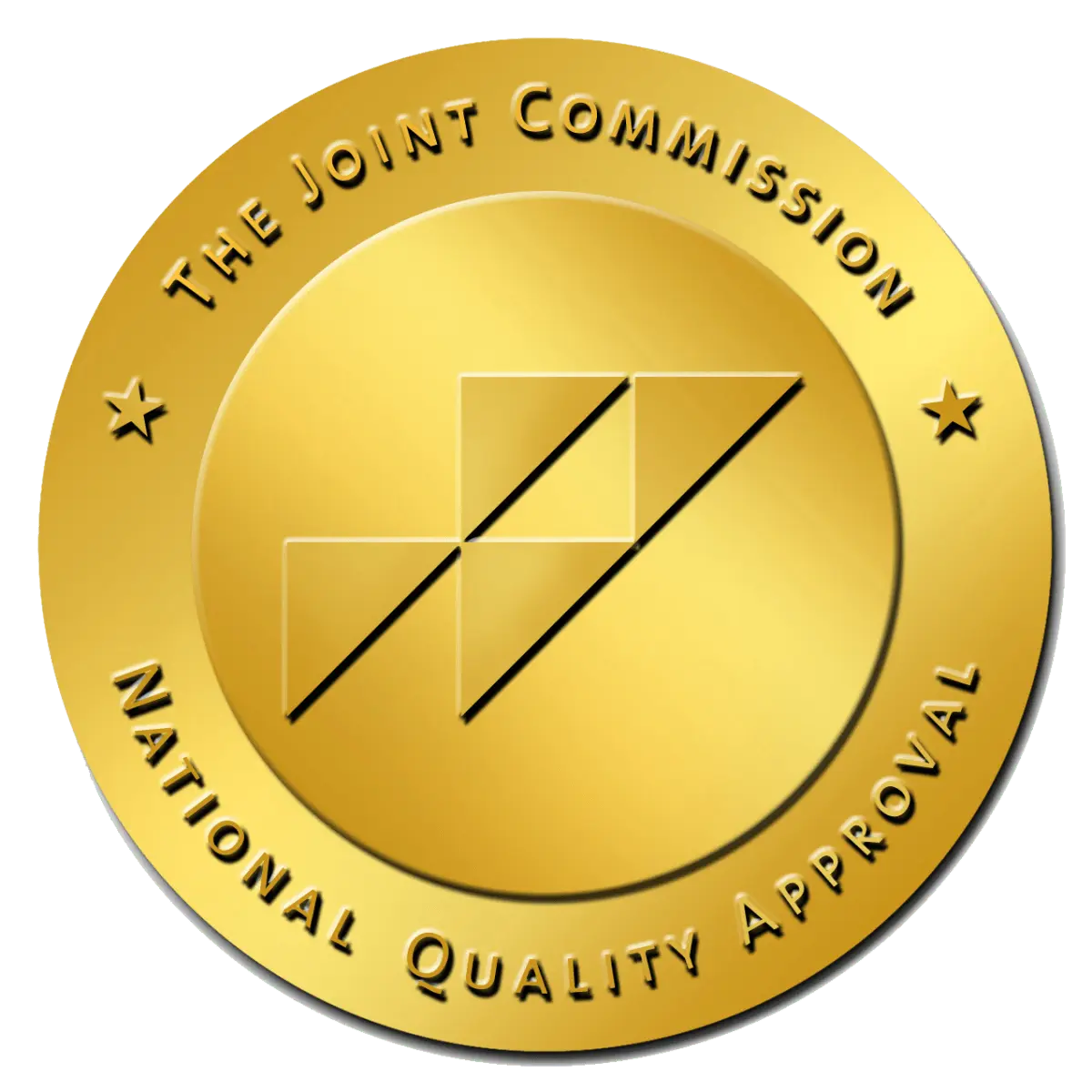Partial Hospitalization Program in San Diego
Written by: Michelle Beaupre, PhD, LCSW | Reviewed by: Christian Small, MD
At Villa Oasis, our Partial Hospitalization Program (PHP) is a rigorously structured yet non-residential treatment option specifically crafted to address the needs of individuals battling substance abuse and co-occurring mental health disorders. Positioned strategically between the more intensive inpatient treatment and the less structured traditional outpatient services, our PHP provides a critical level of care that supports continuous recovery without requiring overnight stays.
The PHP at Villa Oasis plays a vital role in the continuum of addiction recovery care. It is designed for patients who no longer require the 24-hour medical and emotional support found in inpatient settings but who still benefit from a more structured environment than is typically provided by outpatient programs. PHPs help reduce the need for more intensive hospitalization services and are effective in decreasing the overall cost of treatment while still providing essential recovery support.
Our program includes comprehensive, multi-faceted therapeutic services delivered during the day, several days a week, which allows individuals to engage in a structured treatment setting for multiple hours per day while returning to their homes during non-treatment hours. This structure supports individuals in maintaining their family and social connections and integrating recovery practices into their daily lives, which is crucial for long-term sobriety.
The PHP typically involves a combination of individual therapy and group therapy sessions. It may include other therapeutic activities designed to treat substance use disorders alongside any co-occurring mental health conditions. Each component is tailored to facilitate an individual’s recovery journey while providing the tools needed to manage their condition with increasing independence. To learn more about what PHP entails at Villa Oasis, visit our what is partial hospitalization page.

What is PHP?
A Partial Hospitalization Program (PHP) is a form of treatment that effectively bridges the gap between inpatient vs. outpatient rehab, providing a level of care comparable to that of inpatient therapy but without necessitating an overnight stay in a hospital or clinic. PHP is well-suited for individuals who require a structured and intensive treatment program but who have a stable living environment that supports recovery.
Key Features of PHP
PHP involves a series of structured, therapeutic interventions that are typically scheduled during the day for five to seven days per week. This scheduling allows participants to maintain some normalcy in their daily lives, such as living at home and engaging with their community, while still receiving the intensive treatment they need.
The core components of PHP include:
- Individual Therapy: One-on-one sessions with a therapist that focuses on addressing the underlying issues contributing to substance abuse and co-occurring mental health disorders.
- Group Therapy: These sessions provide a platform for peer support and shared recovery experiences, which are facilitated by a professional and focus on topics relevant to addiction and mental health recovery.
- Additional Treatment Activities: Depending on the specific needs of the participants, PHP may also include other therapeutic activities such as skills workshops, family therapy sessions, and possibly holistic therapies like meditation or art therapy.
Benefits of PHP
The structure of a Partial Hospitalization Program (PHP) enables individuals to receive comprehensive and intensive care—including medical monitoring, psychotherapy, and support—while allowing them to integrate their treatment into their daily lives. This practical approach is pivotal in improving treatment outcomes as it helps participants apply the coping strategies and insights gained during therapy to real-world situations.
PHP also stands out as a cost-effective alternative to inpatient care. It avoids the higher costs associated with round-the-clock hospitalization while still providing a substantial level of support and medical oversight. This blend of intensive therapy and the ability to remain in one’s home environment can significantly aid in the recovery process, especially for those at intermediate stages of addiction recovery.
According to the California Overdose Dashboard, in 2020, there were 528 deaths related to any opioid overdose in San Diego County. This statistic underscores the critical need for accessible and effective treatment options like PHP that can offer intensive care without the full restrictions of inpatient treatment. Programs like PHP are essential in providing the necessary support and intervention for individuals at risk of overdose, highlighting the importance of integrating such programs into the broader public health strategy to combat the ongoing opioid crisis.
Overview of Our PHP
Our PHP is structured to support individuals who require consistent medical supervision and comprehensive therapeutic interventions without the need for overnight hospitalization. This makes the program especially beneficial for patients transitioning from full-time residential care or those who need a more intensive treatment regimen than what is typically available in outpatient settings.
Intensive Therapy
We provide daily therapeutic sessions that include individual counseling, group therapy, and specialized activities tailored to address addiction and mental health issues. These sessions are designed to facilitate recovery by providing support and promoting personal growth within a structured group environment.
Medical and Medication Management
Participants in our PHP receive continuous medical oversight to manage and monitor health conditions related to substance use and mental health. The program includes comprehensive medication management to assist with detoxification, withdrawal symptoms, and any co-occurring mental health conditions.
Educational and Skill Development
At Villa Oasis, our PHP includes educational workshops that develop crucial coping strategies, stress management techniques, and life skills essential for maintaining sobriety. These components empower participants with the tools needed for long-term recovery. Steven M. Melemis highlights the importance of cognitive therapy and mind-body relaxation in his work on “Relapse Prevention and the Five Rules of Recovery.” He advocates for education that helps clients recognize early stages of relapse for timely intervention and encourages cultivating lifestyles that support recovery. This approach underlines the importance of our PHP’s comprehensive education in addressing immediate treatment needs while laying the groundwork for sustainable sobriety and personal growth.
Family Engagement
Family therapy is an integral part of our PHP, aimed at involving loved ones in the recovery process. This approach helps to mend relationships affected by addiction, improve communication, and build a supportive network essential for the participant’s recovery.
Advantages of Our PHP
Our PHP offers several benefits:
- Intensity of Treatment: Provides a level of care comparable to residential treatment without the need for overnight stays.
- Flexibility: Allows participants to engage in treatment during the day while maintaining their presence at home and in their community in the evenings.
- Support Network: Facilitates the formation of a peer support network, combining professional guidance with peer-based support within a structured setting.
- Cost Effectiveness: More affordable than inpatient care, offering comprehensive treatment and support at a reduced cost.
When Should I Seek a PHP?
Individuals should consider enrolling in a PHP when they require more structured support than what is typically available through outpatient therapy but do not need the round-the-clock supervision provided by inpatient treatment. It is suitable for those who are transitioning from an inpatient setting and need a step-down level of care to help integrate back into daily life or for those whose substance use disorder is severe enough to disrupt daily functioning but who still maintain some level of stability in their living situation.
Why Choose Our PHP in San Diego
At Villa Oasis, our team comprises highly trained addiction specialists, therapists, and medical professionals, each with specialized training and extensive experience in addiction recovery. Our multidisciplinary team is dedicated to providing evidence-based treatments and compassionate care, ensuring a holistic approach to recovery that addresses both psychological and physical aspects of addiction. The expertise of our staff is a cornerstone of the high-quality treatment we deliver, drawing from the latest research and best practices in the field of addiction medicine.
Customized Treatment Plans
Understanding that each individual’s journey to recovery is unique, we at Villa Oasis ensure that our Partial Hospitalization Program (PHP) is tailored to meet the specific needs of each participant. Our approach involves a thorough initial assessment to identify the distinct challenges and requirements of each client, followed by the development of a personalized treatment plan. This plan integrates various therapeutic modalities to address individual psychological, social, and medical needs, thereby maximizing the potential for successful outcomes.
Continuous Care Options
At Villa Oasis, we recognize the importance of sustained support in addiction recovery. To meet the diverse needs of our clients as they progress through recovery, we offer a continuum of care that extends beyond our PHP. This comprehensive care model includes step-down programs such as our Intensive Outpatient Program (IOP) and other Outpatient Services. These programs offer varying levels of support to match the increasing independence of our clients, ensuring a smooth transition at each stage of recovery. Additionally, we provide sober living arrangements to further support the transition back into everyday life, ensuring that our clients receive the ongoing support necessary for long-term success. This integrated approach ensures that each client can move seamlessly between levels of care, maintaining continuity and stability as they work towards recovery.
Therapeutic Environment
Located in the serene and picturesque setting of San Diego, Villa Oasis offers a therapeutic environment that is inherently healing. The tranquil surroundings and mild climate of the area play a crucial role in the recovery process, providing a peaceful backdrop that enhances our therapeutic interventions. The natural beauty of the environment not only uplifts spirits but also promotes relaxation and introspection, essential components of effective addiction treatment and long-term recovery.

PHP at Villa Oasis
For individuals prepared to make a significant commitment to their recovery, Villa Oasis offers a robust and accessible solution. Our Partial Hospitalization Program (PHP) in San Diego is meticulously designed to provide comprehensive tools and support essential for addressing substance abuse and co-occurring mental health issues. The program bridges the gap between inpatient intensity and outpatient flexibility, making it an ideal choice for those who need substantial support but also benefit from the autonomy of living at home. Our PHP includes daily therapeutic sessions, medical oversight, and a range of supportive services tailored to foster recovery and promote long-term sobriety. To learn more about how our PHP can assist you or your loved one on the path to a healthier, sober life, contact Villa Oasis today. We are here to guide you through every step of your recovery journey, providing the care and support needed to achieve and sustain wellness.

